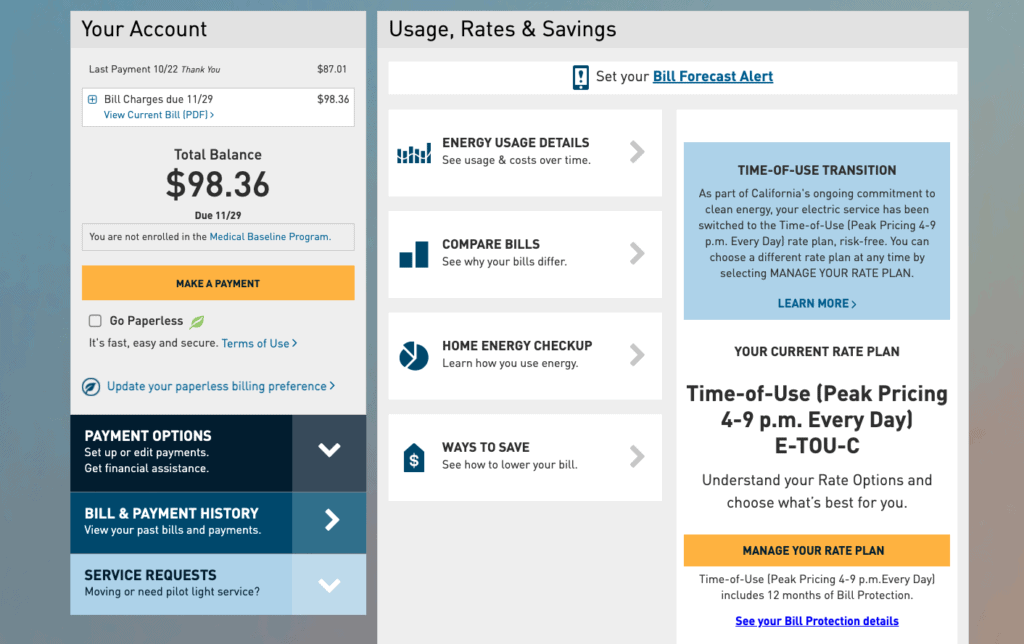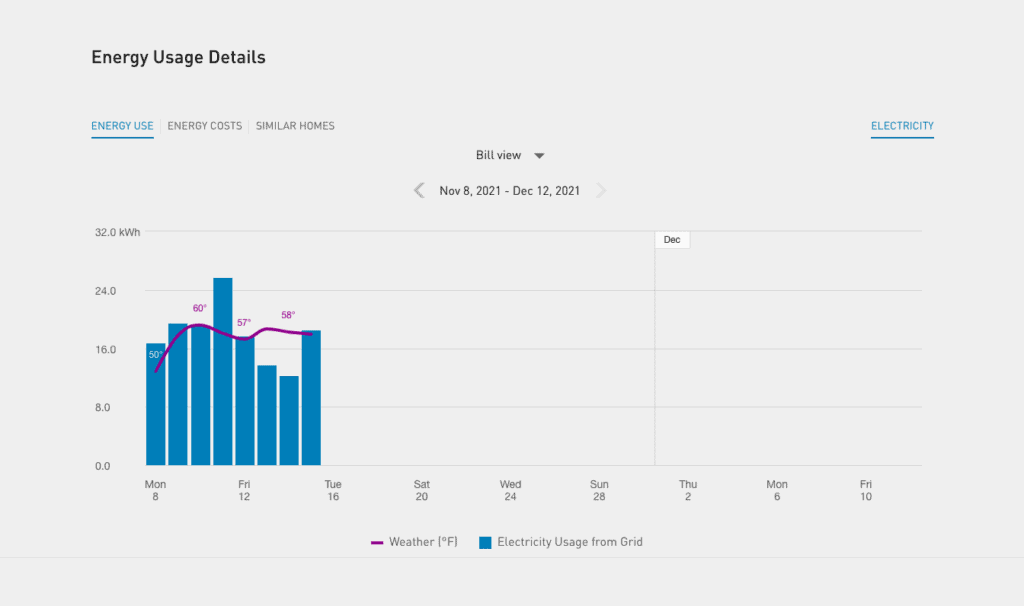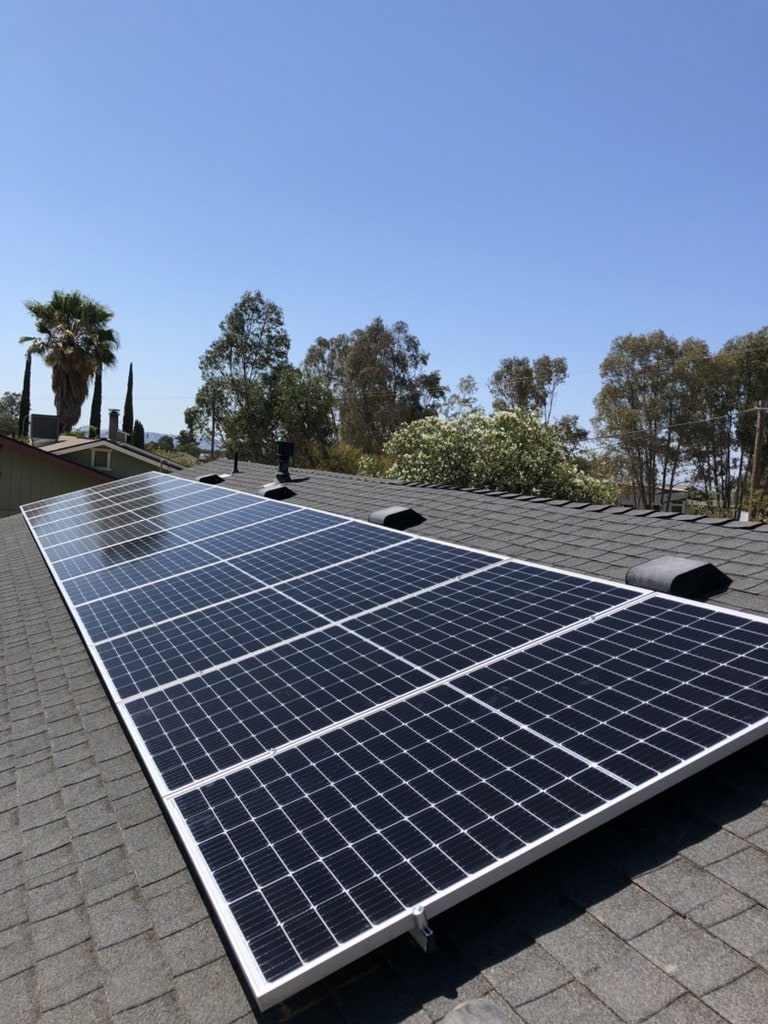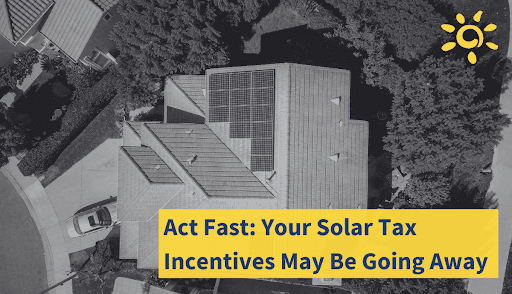This blog has been updated to include important information about some proposed changes to regulations for home stems.
One of the primary reasons people install solar panels is to save money. More specifically, people are looking to off-set their monthly PG&E bill. However, a new Net Energy Metering policy (NEM 3.0) could significantly increase the overall cost of installing solar panels
The California Public Utilities Commission is set to vote Jan. 27, 2022, on whether to change the rules for at-home solar systems. The updated policy, called Net Energy Metering 3.0 (NEM 3.0), could drastically impact the future of solar in California. If the framework is approved as is, the state’s more than 1.3 million residential solar customers will be forced to pay higher fees for access to the public grid as their current NEM 2.0 and NEM 1.0 agreements sunset.
People who want to install solar on their home would also be required to sign up for a special rate plan that makes electricity very expensive during peak usage hours. In order to offset the higher costs, homeowners would need to install batteries to store their excess power.
According to the California Solar & Storage Association, payback times for the average homeowner would increase to as many as 12.2 years for non low-income customers and up to 18.6 years for low-income customers.
The silver lining of this situation is that people who apply for solar before the change are grandfathered in and will avoid having to pay any extra fees for 20 years. Based on the current framework, NEM 3.0 would go into effect on May 27, 2022. That means people who are interested in installing home solar systems under current rates have a limited amount of time to do it.
Wondering how many solar panels you need to do that? With differing levels of energy consumption, direct sunlight availability, and physical structure needs, that answer looks different for every household or business. But as your local solar experts, A.M. Sun Solar will assess your specific energy needs and identify your goals so that we can work to create a customized solar plan that works for you.
There are several factors we take into consideration when determining your custom solar solution. Here’s a breakdown:
1. How much energy you currently use
Your average daily energy usage is the main measurement used to calculate your solar needs. This is the number of kilowatt-hours you need your solar system to produce in order to cover your electricity needs, and it’s the first metric we’ll look at when determining what type and how many panels you’ll require.
To find this information, go to the customer portal on the PG&E website. Navigate to your “Energy Usage Details” and view your weekly energy usage in kwh. Take a screenshot of the graph that you see and have it handy to show or share with one of our experts.
At A.M. Sun Solar, we recommend adding a 25% cushion to your daily average energy usage to ensure you can generate enough clean solar energy to offset your entire yearly energy consumption.


2. The amount of sun exposure your home or business gets throughout the day
The peak sunlight hours at your home or business have a direct impact on the amount of energy you can expect your home solar system to produce. For example, if you live in a sunnier area of the Central Coast, you can expect to have a greater number of peak sunlight hours than if you lived in a more foggy or heavily shaded area. Keep in mind that this does not mean that a home in a coastal or forested area can’t go solar, it simply means that customers in areas as such will need more panels to offset their PG&E bill.

3. Which type of solar equipment will best meet your needs and ensure maximum efficiency of your system
Because of the wide variation in quality and efficiency of solar panels, there is no “one-size-fits-all” solution when it comes to solar. Instead, one of our experts will take into account your energy needs, amount of sunlight your house or business gets, the physical size of the solar panels you will need based on your roof type and structure, budget, and several other factors to recommend the best solar product for you.
One thing our experts keep top of mind when recommending a product to you is the quality of the solar panels. This makes a big difference in your system’s performance! The more efficient the panels are, the more wattage they can produce, and the fewer panels you will need to place on your roof to garner the same energy output.
All things considered, we ensure that we maximize the overall efficiency of your custom solar energy system every step of the way. This means:
- Assessing what wattage is most appropriate for your energy consumption. At A.M. Sun Solar, Photovoltaic (PV) solar panels come in wattages ranging from about 325 -460 watts per panel.
- Identifying the optimal panel size and cell technologies to fit your structural needs and energy goals.
- Calculating how many panels are necessary for your home while optimizing efficiency by making the appropriate decisions around conversion points and microinverters
At A.M. Sun Solar, we work with a local San Luis Obispo County distribution center to source almost any type of preferred panel or solar system equipment within reason. We’re confident that we will find the right system for you!in reason. We’re confident that we will find the right system for you!
Our team of highly experienced and knowledgeable solar specialists will help you through your solar journey from start to finish, ensuring you’re getting the most personalized care along the way.
Want to make the switch before NEM 3.0 goes into effect? Fill out the form below to schedule an in-home solar consultation with one of our expert consultants!


